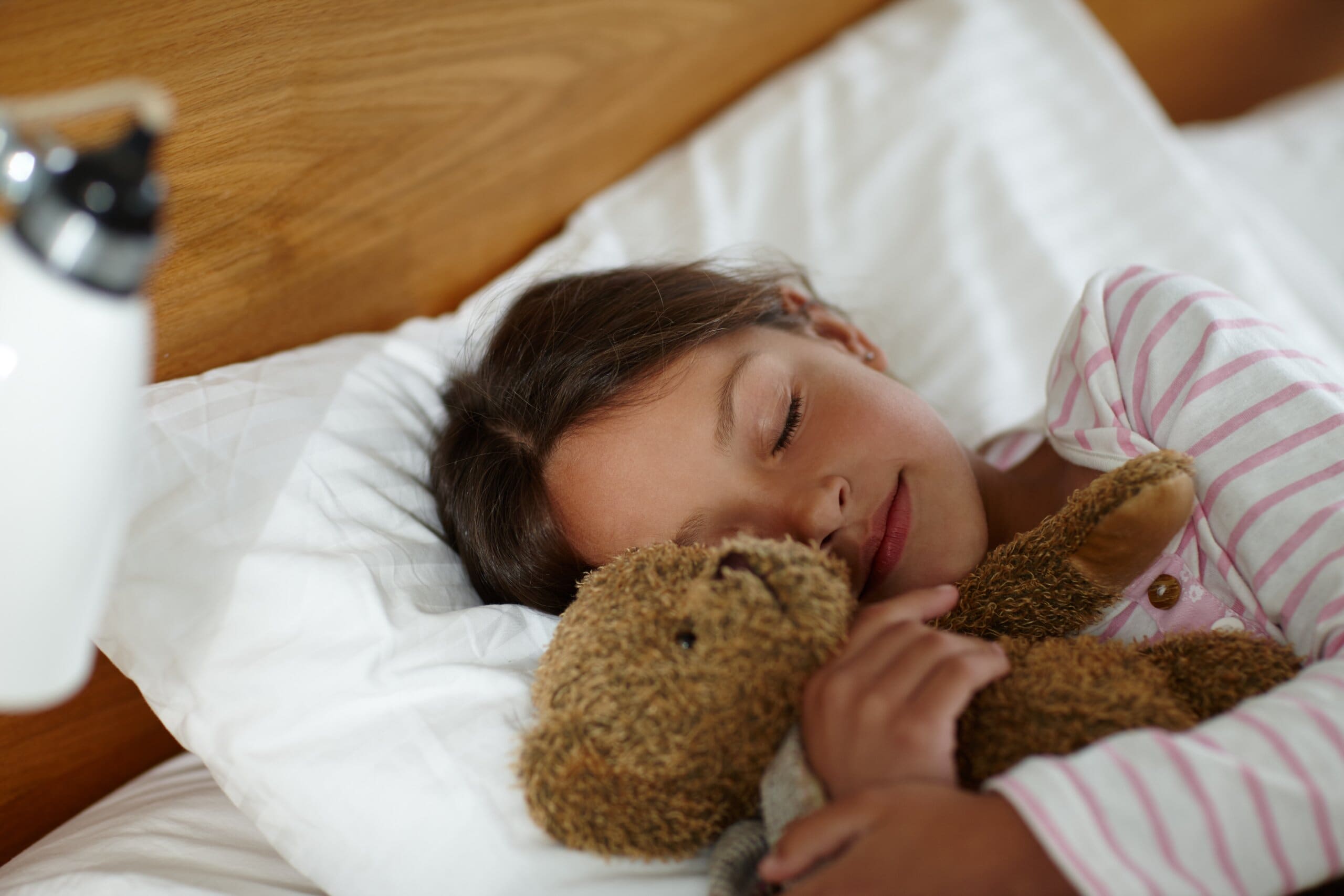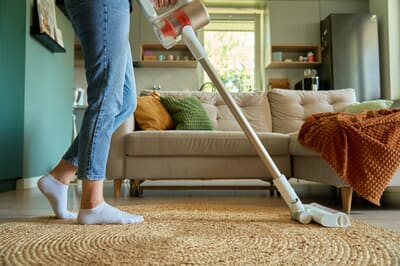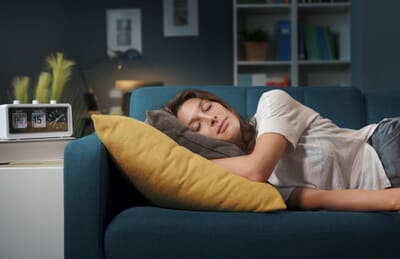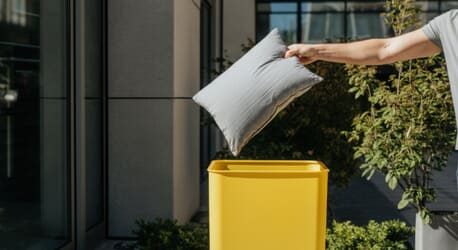Whether you’re getting ready to welcome a new family member in the near future, or you’re at that tricky stage of trying to convince your youngest child that they don’t need to bring their beloved stuffed bear with them everywhere they go, we all have fond memories of cuddling our favourite soft toy or blanket as we snuggled up to bed at night.
But as comforting and cherished as these childhood essentials may have been - and there are plenty of benefits to sleeping with your teddy bear - it turns out they might be harbouring a lot more bacteria and dirt than we realise. But while children can certainly be messy, just how dirty could their favourite teddy bear or blanket really be?
To find out, we set to swabbing the nation’s soft toys and blankies and compared their bacteria levels to those of other common household items, like bin lids and toilet seats, which we typically associate with muck and grime.
As you’ll soon see, our team was left genuinely surprised at the results we uncovered!
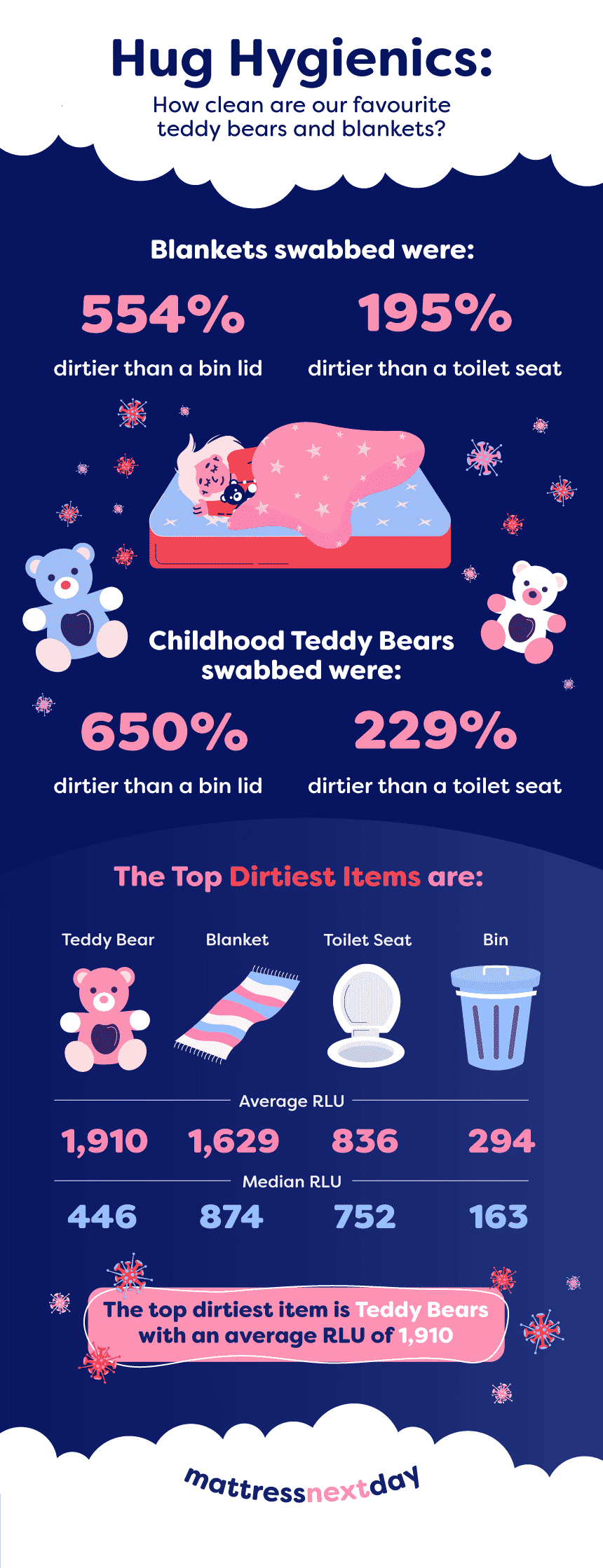
How much bacteria is on our child’s comfort toys?
There’s no dancing around the facts here, according to our swab results, your child’s teddy bear could very well be one of the dirtiest belongings in your home, with the soft toys we analysed having over six times more dirt on them than your bin lid (650% more to be exact), and 229% more than that of your toilet seat – well over double!
And your child’s blankets don’t fare much better either we’re afraid, housing five times the number of bacteria as on your bin lid (554%) and again nearly double that of your toilet seat (195%).
Overall, at least 43% of the blankets and 29% of the teddy bears we swabbed had an average RLU (Relative Light Units) reading of 1,000+ (a higher number indicating the presence of more bacteria), with the average blanket RLU hitting a whopping 1,629 and that of the teddy bear’s reaching 1,910!
To put this in context, the average RLU for a toilet seat came out as 836, whereas bin lids had an impressively low average rating of 294, which really highlights just how much bacteria might be lurking on your child’s toys!
Why are children’s bears and blankets so dirty?
Feeling a little shocked by these results? So, were we, which is exactly why we reached out to hygiene specialist, Dr Snieguole Geige, a Medical Doctor at the It’s Me And You Clinic, to shed some light on how our child’s bears and blankets can get so dirty!
Putting it succinctly, Dr Geige points out that the main reason for this is that we simply don’t wash our child’s blankets and toys nearly as often as we wash their bedding and clothes:
I cannot overstate the hidden dangers of neglecting to wash blankets and teddy bears. These seemingly innocent items are perfect breeding grounds for bacteria, fungi, and allergens, and these sorts of tests show just how easy it is for items like these to accumulate a shocking amount of microbial contamination that often goes unnoticed.
Indeed, further analysis of the dirt found on blankets and toys shows them to be harbouring some pretty unsavoury microbes, including Staphylococcus aureus (responsible for skin infections) and E. coli (which can cause serious stomach upsets).
These pathogens are not to be taken lightly, and as Dr Geige notes, soft toys and blankets are often exactly the sort of home they’re looking for:
Pathogens like these thrive in warm, humid environments, and that’s exactly what teddy bears and blankets provide. The accumulation of dust mites and mould on unwashed plush items can also trigger allergic reactions and exacerbate asthma, hence why cleaning these items should be a priority to safeguard our children’s health.
In short, taking care of our child’s toys and blankets is essential for a hygienic home!

What is the best way to keep your child’s toys clean?
Given the results of our swab data, you might already be thinking of ways you can start taking better care of your child’s toys to minimise bacterial exposure.
But before you start chucking all the plushies and blankets you can find into the washing machine the moment your child puts them down, we’d suggest taking a look at our simple cleaning steps below for tips on how to keep your child’s comfort items feeling fresh:
- Wash them regularly – by far the easiest way to ensure your children’s blankets and toys are kept clean, washing their favourites at least once a month at 60°C will help to kill off any bacteria and mites that might be present. Just be sure to check the labels to make sure these items are machine washable.
- Hoover if dusty – if you’re feeling rushed for time and want to keep toy dust levels to a minimum, you can always give them a quick hoover to suck up any mites and dirt that might be present.
- Clean them after illness – it should really go without saying, but if your child is ill and insists on cuddling their favourite toy or blanket while in bed, then you should wash these as soon as you can to eliminate any bacteria left behind.
- Clean them after going outside – similarly to if your child has been unwell, if they decide to take their toys and blankets on a little adventure outside, make sure you put time aside to wash them if they get dirty from all the exploring.
- Practice cleanliness – we all know how important it is to wash our hands after using the bathroom, so by encouraging your child to do this, you can minimise the number of bacteria being transferred from their hands to their toys.
Getting your little one their best night's sleep
So, now you know just how dirty your child’s soft toys and blankets could be, as well as some actionable tips for how to keep them looking clean and fresh so that your child can keep loving them for years to come!
Of course, while comfort items such as these are very important for helping your child get to sleep, so too is a cosy and personalised bedroom space. So, if your child is ready to graduate from a cot to their first child’s bed, then why not check out our range today to see what we have on offer?
We also have plenty of other guides that can help you keep your little one's sleeping environment as clean and fresh as possible, such as how to get urine out of a mattress if they've had a nighttime accident. Or, if you'd like tips on buying your child a new bed, read our guide to kid's bed sizes to decide which type they need.
